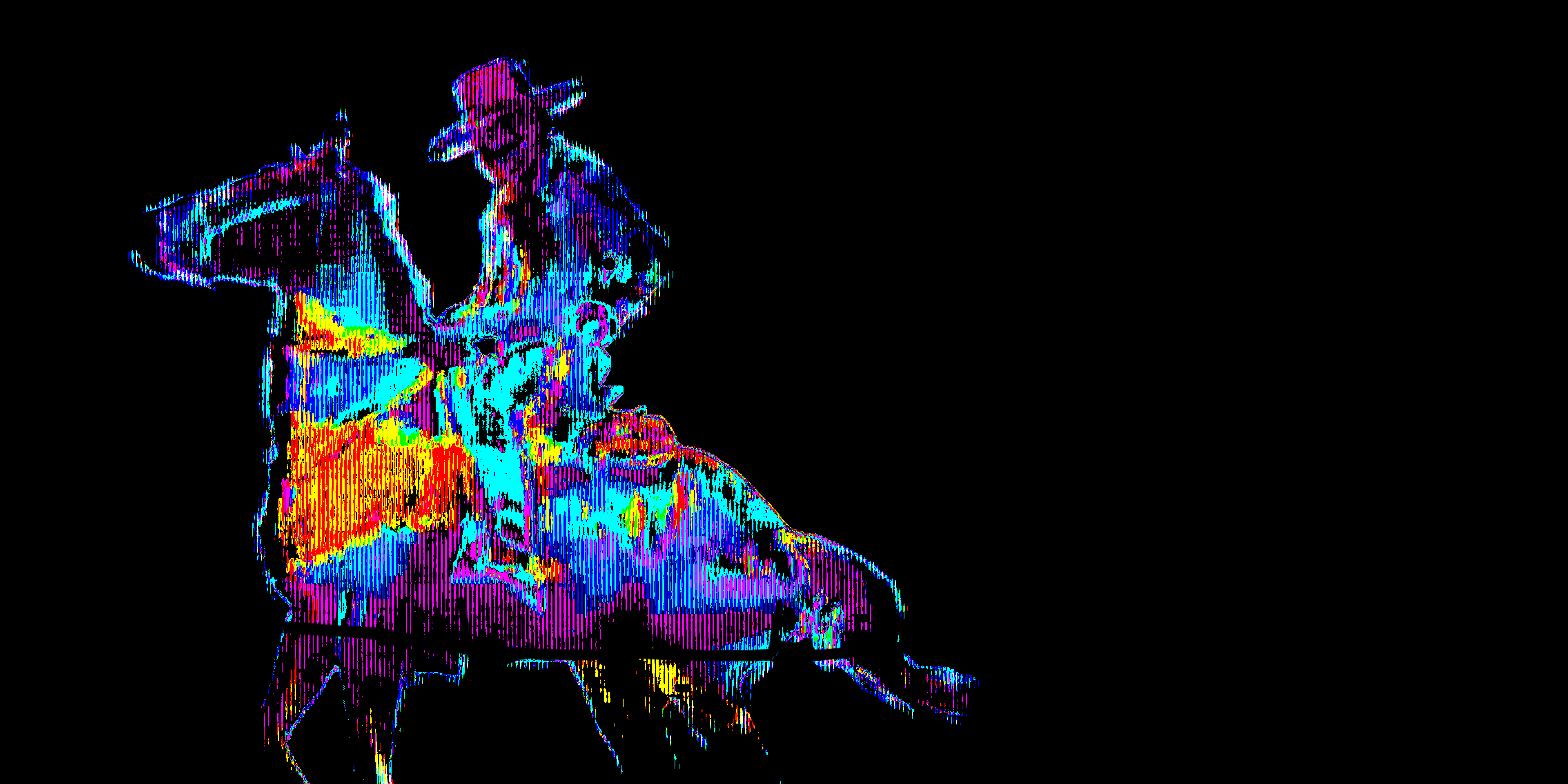MAKING A MANIFESTO
August 21, 1988
- Artist
- Fact Date
- Fact #
- undefined
- Printing Specifications
- Paper / Stock
- Page Size
As mass surveillance expanded, so did the pushback. In 1988, The Crypto Anarchist Manifesto warned of a world where privacy would vanish. The cypherpunks responded, using encryption to fight back. By 1993, A Cypherpunk’s Manifesto made their mission clear. Fifteen years later, Bitcoin emerged, a decentralized answer to control and surveillance.
Guest Written by Aaron Van Wirdum
As a physicist at Intel in the 1980s, Timothy C. May operated at the forefront of technological innovation. He took a great interest in fresh developments in the domain of computing, the early internet, and recent breakthroughs in the field of cryptography. It would eventually culminate in a distinct vision for the future.
It started when a friend of May, Phil Salin, told him about a project he worked on: the American Information Exchange, or AMIX for short. AMIX, Salin had explained, would be an online marketplace for information. Users could buy and sell digital goods and services to one another, whether that be how-to guides, business consultancy reports, software programs, or anything else that could be transferred over the internet.
May liked the idea — but he quickly concluded that Salin had the wrong markets in mind. The most valuable type of information, he asserted, would actually be secret information: businesses would pay good money for the trade secrets of their competitors, for example, while foreign spies would love to purchase classified government documents.
And this would all be possible, May predicted, by leveraging cryptography. On BlackNets, as May called these versions of information markets, users would use pseudonyms to mask their real identities, they would communicate through encrypted messages, and they would transact through electronic cash: a form of digital money that could be used anonymously.
Of course, he recognized that BlackNets would be highly controversial, and governments would presumably try to ban them. But since these markets ultimately comprised software, operated anonymously from computers around the world, he believed it would prove very difficult to actually shut them down.
In the weeks and months that followed, May kept pondering the potential of BlackNets, which led him to believe that the implications of such markets were even greater than he initially thought. He came to believe that society at large stood at a crossroads.
In one version of the future, governments would succeed in halting the spread of strong cryptography. In this future, the internet would evolve into a digital panopticon. As more and more communication went digital, every message you sent, every website you visited, and every transaction you made could be monitored, analysed, and potentially censored. It would usher in an Orwellian nightmare.
But in the other version of the future, strong cryptography would become widely available. This would indeed facilitate the leaking of secret information, which May came to believe would ultimately frustrate the operations of governments and big corporations at a fundamental level. What’s more, it would allow people to hide much of their economic activity from the government altogether. As electronic cash would let people hide their income and assets from tax authorities, it would only further undermine the ability of the state to operate.
In its stead, May predicted, people would learn to self-organize over the internet, using reputation systems, cryptographic proofs, and digital authentication to conduct their business. Over time, widespread adoption of cryptography would allow people to remove the government completely from their lives, ushering in an era of crypto anarchy.
In 1988, May first published this vision in The Crypto Anarchist Manifesto, which he distributed at the Crypto 88 conference in Santa Barbara, California. The seed for a digital revolution had been planted.
- Artist
- XXXXX
- BTC On this day
- August 21, 1988
- Circulating Supply
- 0
- Market Cap
- $0
- Number of Addresses
- 0
- Block Number
- 0
- Block Size
- 0
- Hash Rate
- undefined TH/s
